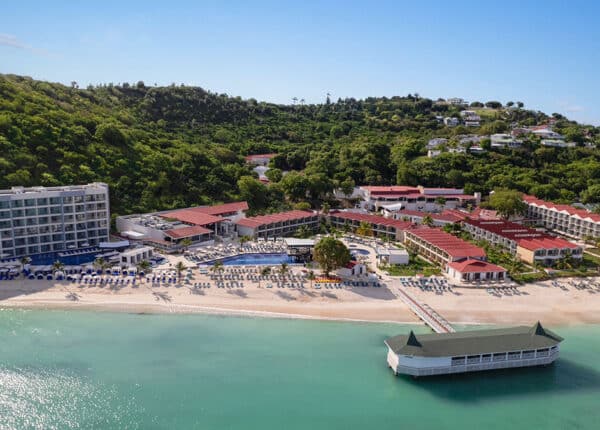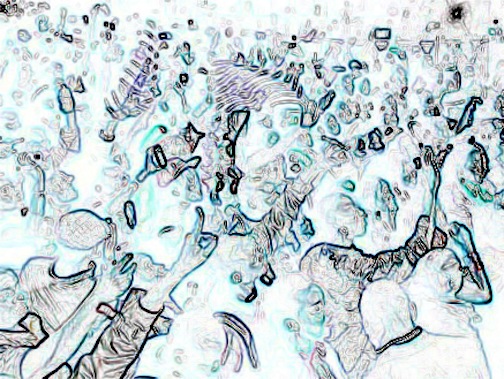Marcia Forbes: Music Videos and Youth Culture in Jamaica
By Marcia Forbes, PhD
CJ Contributor
The following is an excerpt from Marcia Forbes’ book, Music, Media & Adolescent Sexuality in Jamaica . The esearch-based book examines relationships between teens and TV, in particular through the music videos they watch. Findings are based on the participation of about 550 Jamaican teenagers. The book explores issues of sex and sexuality and how these relate to questions of identity – self, social and sexual.
Music Videos as Youth Culture
Videos largely dictated the boundaries of social discourse among adolescents, helping to shape their values and ideas of reality, providing young Jamaicans with social and sexual scripts while guiding them to determine those things which should be important in their lives. The locally produced ones are especially useful to them as a source of social commentary and for their current affairs value, updating them on the latest trends not only in dress and dance but also regarding who was doing what to whom in the dancehall and the wider society.
Music videos are typically communitarian and are framed from a youth perspective. They present a space on screen with which adolescents can relate and which separates them from adults. The act of watching music videos helped to define them as youths. In working through the tensions between creating and expressing their antonymous self, independent of parents/adults, young Jamaicans, like so many other youths the world over, turn to music videos. Through videos youths effectively socialize other youths, helping them through the transition from adolescence to adulthood.
In grappling with youth culture, Thornton highlighted the important role of what she termed “subcultural capital” in affecting the “standing of the young….(by) “confer(ing) status on its owner in the eyes of the relevant beholder” (Thornton in Gelder 1997: 186). Applying the concept to Jamaica, support for music videos in general and especially dancehall ones provides some measure of subcultural capital among youths.
Depending on an adolescent’s level of engagement with videos he/she would be ‘up to the time’ [aware of the latest happenings]. Such a person would be a part of the music video ‘in-group’. This conferred status since this person would ‘occur’ and ‘appen’ [happen] — local slang expressions to describe those who were positively regarded by peers for one thing or another, often in relation to the dancehall lifestyle. The importance of age and gender as key social differences in the response of the research participants to music videos synchronizes with Thornton’s view of these as the variables along which subcultural capital is “most systematically” aligned (Thornton in Gelder 1997: 187). …
Although they predominantly watched videos via television, adolescents nevertheless failed to see watching music videos in the same light as watching TV. In their opinion, watching music videos was entirely different from and better than watching TV. This is despite approximately 30 years of MTV, the existence of several other music video driven channels such as BET and a plethora of local music video cable channels and programmes. Youths have not grown tired of music videos. Throughout interviews there were references to watching music videos when there was “nothing nice to watch on TV” or when TV was “boring”. These comments pointed to their level of satisfaction with music videos and the appeal this programme genre held for them.
In keeping with Katz’s uses and gratifications theory, focus group participants and interviewees made it obvious that they sought specific gratifications from watching music videos and their expectations were largely met. It is apparent, though, that the relationships between Jamaican adolescents and music videos is a complex one with many choosing to watch in order to satisfy a wide variety of perceived needs.
This programme genre is important to them. In and of itself, watching music video is not bad; rather it is a question of the types of videos that are watched (in particular by younger adolescents), in what quantities and whether or not there is age appropriate parental or adult guidance and mediation as and when required. Of note is that although music videos are not all alike in the amount of risky or inappropriate sex that is presented or in their level of other anti-social messages such as violence, the genres which were most watched and most enjoyed by Jamaican adolescents — dancehall and hip hop/rap — were the ones which tended to feature those messages. This is not to say that all dancehall and hip hop/rap videos depict anti-social or negative messages.







